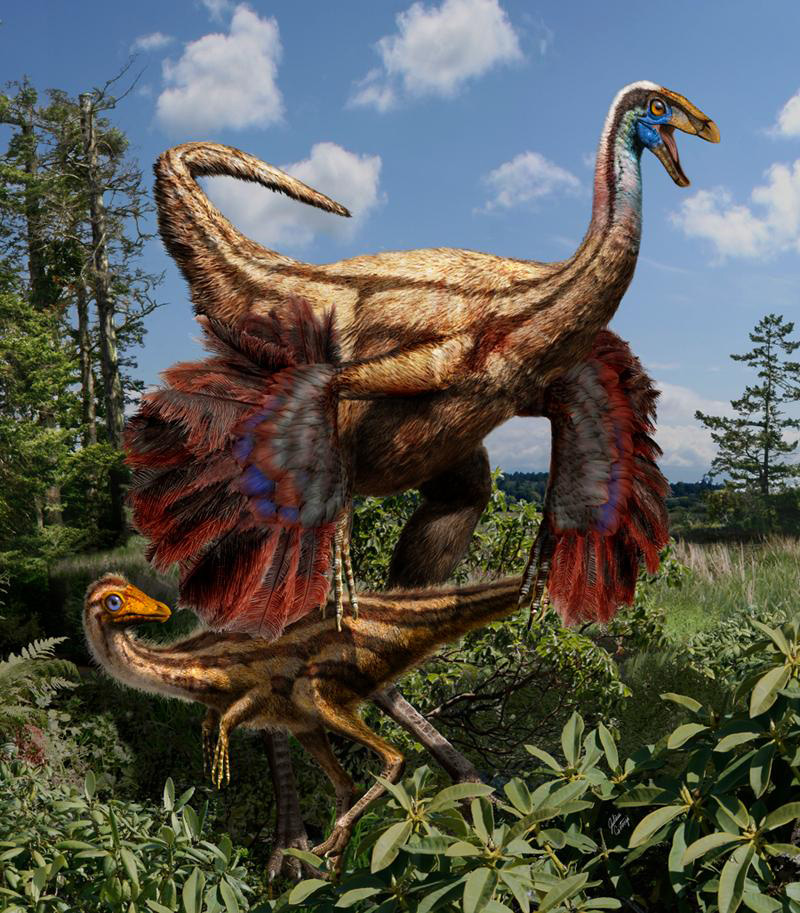Exaptation: How Evolution Uses What's Available

Exaptation is a term used in evolutionary biology to describe a trait that has been co-opted for a use other than the one for which natural selection has built it.
It is a relatively new term, proposed by Stephen Jay Gould and Elisabeth Vrba in 1982 to make the point that a trait’s current use does not necessarily explain its historical origin. They proposed exaptation as a counterpart to the concept of adaptation.
For example, the earliest feathers belonged to dinosaurs not capable of flight. So, they must have first evolved for something else. Researchers have speculated early feathers may have been used for attracting mates or keeping warm. But later on, feathers became essential for modern birds’ flight.
There are plenty of other examples. All vertebrates have sutures between the bones of their skulls to allow for growth, but in young mammals these sutures have acquired an additional use easing birth by allowing the skull to compress as it passes through the birth canal. A recent study found strong resemblance between the climbing and feeding technique of a waterfall-scaling Gobi fish, indicating that one behavior was most likely an exaptation that originated in the other.
Research is also uncovering molecular examples of exaptation. For instance, genetic material left behind by viruses now plays an important role in mammalian pregnancy.
While an exaptation is co-opted from another or no apparent use, an adaptation is constructed by natural selection for its current use, Gould and Vrba wrote. The concepts can be interrelated; they wrote that the order and arrangement of the four limbs of land-dwelling animals are exaptations to life on land, since these features originated for life in water. However, the changes to the bones and muscles to improve these limbs ability to function on land are exaptations, they wrote in the journal Paleobiology.
Others, however, have found the concept of exaptation difficult to separate from adaptation. The philosopher Daniel Dennett writes in his book, "Darwin’s Dangerous Idea" (Simon & Schuster, 1995): “If you go back far enough, you will find that every adaptation has developed from predecessor structures each of which had some other use or no use at all.”
More recently, a group of researchers cited a decline in the use of exaptation relative to adaptation in evolutionary biology literature and blamed the lack of a clear distinction between the two terms. The term has caught on more successfully in the study of the history of technology, because humans often take an object or process and apply it to something new, they point out.
They propose redefining exaptation to clarify. Other biologists, however, contend the distinction is clear in specific contexts.
A recent study, published in Nature, used a computational method to examine the potential for exaptation within metabolisms. The researchers concluded that every adaptation, in this case the ability to live off glucose, was accompanied by multiple, potential exaptations, or the latent ability to use other fuels. This result implies that if an organism is put into an environment offering only a food it had never before encountered, that organism may be able to eat the foreign food just fine and so survive. This result indicates that many beneficial traits may have gotten started as exaptations, the researchers write.
Sign up for the Live Science daily newsletter now
Get the world’s most fascinating discoveries delivered straight to your inbox.











